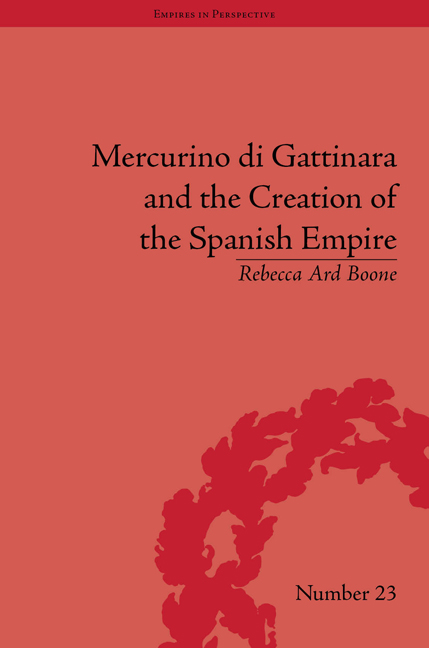3 - Gattinara and America
Summary
In the Royal Library at Turin, a bound manuscript collection of over 800 folios testifies to the geographic diversity of the grand chancellor's interests. Never indexed or catalogued, the collection includes letters to and from Charles V, Francis I, Henry VIII and Clement VII, as well as treaties, marriage contracts, orations and diplomatic reports. Most contain the marginalia of Gattinara himself, who seems to have surveyed and processed every line. In the middle of this collection of miscellanea lies a curious document in Spanish entitled ‘La gran ciudad de Tenustitan’. Written just after the fall of Tenochtitlan, it contains a list of Aztec cities and provinces, including their populations and resources. In the margins, Gattinara had written the population counts in Arabic numbers and added them. Testifying to the random quality of the compilation, the next document appeared in Italian with the title ‘The expenses required for a fleet going by sea from Genoa to the Peninsula’. This document also included calculations in Arabic numerals indicating how much money it would cost to invade Italy. The juxtaposition of these two sets of calculations, one counting the population of Mexico, the other the budget for an invasion of Italy, might have occurred purely by chance. However, they illustrate the relationship between America and Italy within the imperial strategy of the grand chancellor. He looked to the New World for resources to conquer Europe.
- Type
- Chapter
- Information
- Publisher: Pickering & ChattoFirst published in: 2014



